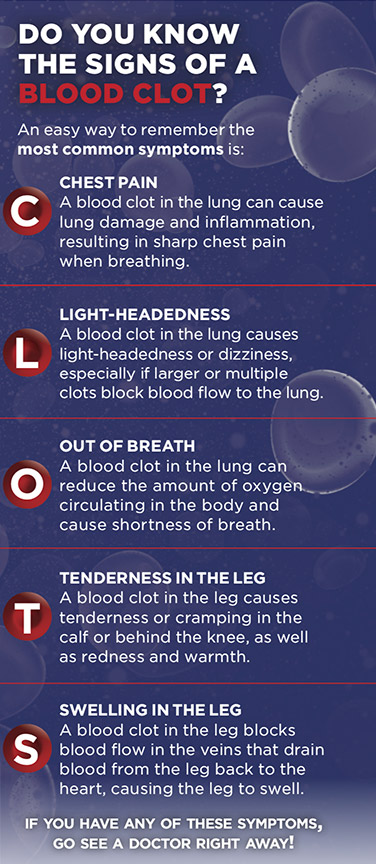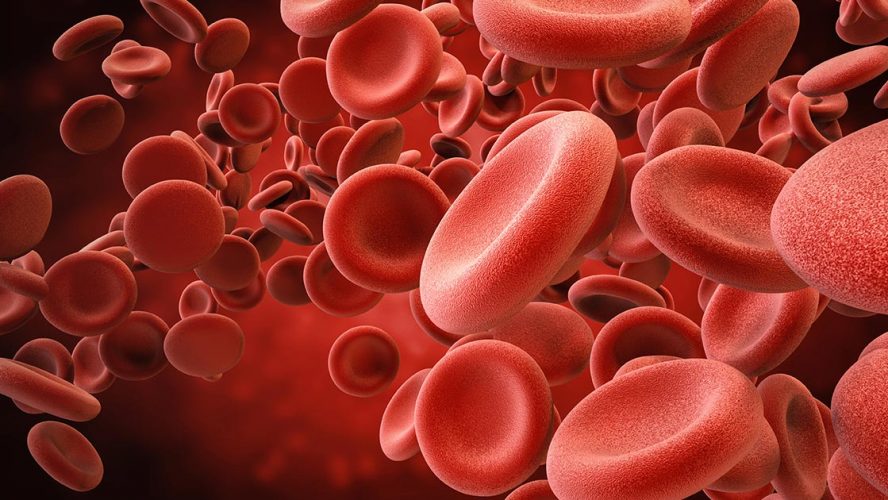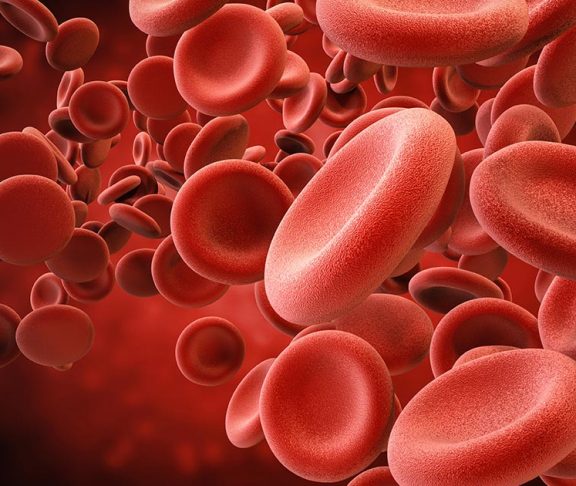Thrombosis Canada’s C-L-O-T-S campaign highlights the urgent warning signs of blood clots to promote awareness.
Awareness is critical, and yet less than 50% of Canadians know about thrombosis (or blood clots), a condition that’s the underlying cause of the top three cardiovascular killers: heart attack, stroke, and venous thromboembolism.
This lack of knowledge was the impetus behind Thrombosis Canada’s C-L-O-T-S awareness campaign, which helps people recognize if they’re experiencing a blood clot in their lungs (called pulmonary embolism or PE) or in their legs (called deep vein thrombosis or DVT).
Knowledge is power
Nearly 80% of Canadians don’t know what a blood clot in the leg would feel like. Most people believe that inactivity or long flights are the biggest risk factors for thrombosis, when really it’s surgery, hospitalization, and cancer. Although the risk goes up with age, the use of birth control pills, pregnancy and delivery are the most common triggers for thrombosis in young women.
“As medical professionals, we saw the need to provide tools to increase public understanding about thrombosis,” says Dr. Deborah Siegal, Assistant Professor in the Division of Hematology and Thromboembolism at McMaster University in Hamilton. “By outlining the key warning signs through the C-L-O-T-S campaign, we’re hoping Canadians will recognize these symptoms on their own and seek urgent medical attention.” Knowing when to get medical help is critically important.
“People need to know that chest pain (C), feeling light-headed (L) , being out of breath (O), and feeling tenderness (T) or swelling (S) in the leg are key signs that you may have a serious blood clot,” says Dr. Agnes Lee, Professor in the Department of Medicine at UBC and Medical Director of the Thrombosis Program at Vancouver Coastal Health. “If you start experiencing any of the warning signs, don’t ignore them — especially if you have multiple symptoms. The sooner you seek medical help, the better your outcome will be.”




